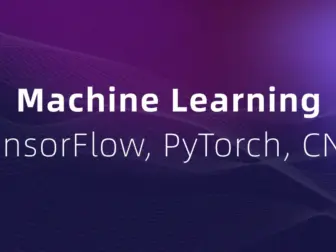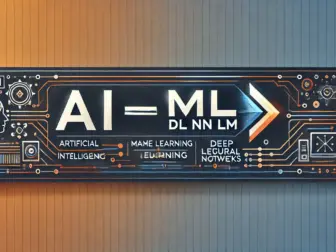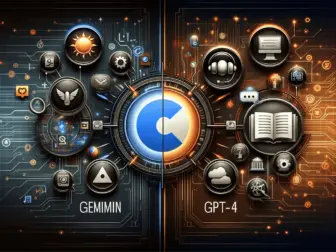Tag - Deep Learning
Blog, Edge Computing and Data Analytics , October 14, 2025 , Computer Vision, Deep Learning, Edge AI, Inference, Model Deployment, NPU, RK3566, RKNN Toolkit, YOLOv8
AI and Machine Learning, Blog , February 17, 2025 , AI Frameworks, Computer Vision, Deep Learning, Edge Computing, Medical Imaging, Model Deployment, ONNX, PyTorch, Speech AI, TensorFlow
AI and Machine Learning, Blog, Industrial Solutions , February 12, 2025 , AI + IoT, AIoT, Cloud-Edge, Deep Learning, DeepSeek, Edge Computing, energy management, Industrial AIoT, Predictive Maintenance, Smart Grid, Smart Healthcare
AI and Machine Learning, Blog , December 27, 2024 , AI Model Architecture, Artificial Intelligence, Deep Learning, large models, Machine Learning, Neural Networks
Exploring the Depths of Artificial Intelligence: Unveiling the Power of Deep Learning
Exploring the Depths of Artificial Intelligence: Unveiling the Power of Deep Learning
Deep learning, a subset of machine learning, has significantly transformed the realm of artificial intelligence (AI) by enabling computers to perform tasks that were once thought to be exclusively human. At its core, deep learning involves the use of artificial neural networks that mimic the structure and function of the human brain, giving machines the ability to learn from vast amounts of data.
The essence of deep learning lies in its layers of complexity. Neural networks consist of multiple layers of interconnected nodes, or neurons, each designed to recognize and interpret different aspects of the data it receives. The first layer might detect simple features such as edges in an image, while deeper layers may recognize more complex patterns, like shapes or objects. This hierarchical learning process allows deep learning models to learn progressively and make sense of data with high levels of abstraction and accuracy.
One of the most significant advantages of deep learning is its versatility. It’s used across various industries, from healthcare, where it aids in diagnosing diseases and developing personalized medicine, to the automotive industry, where it’s essential for the development of autonomous vehicles. In the realm of natural language processing, deep learning has given rise to sophisticated chatbots and translation services, making communication across different languages easier and more efficient.
However, the power of deep learning comes with considerable computational demands. Training deep learning models requires substantial processing power and massive datasets, which can lead to increased energy consumption and potential biases if the data is not representative of real-world diversity. Researchers and engineers are continuously seeking ways to make deep learning more efficient and equitable, such as developing algorithms that require less data and computational resources or that can automatically detect and correct biases in the training data.
Another area of focus is the interpretability of deep learning models. As these models become more complex, understanding the reasons behind their decisions is not always straightforward. This lack of transparency can be a significant hurdle, especially in fields where the stakes are high, such as healthcare or criminal justice. Efforts are underway to create more explainable AI, ensuring that deep learning algorithms remain accountable and their decision-making processes clear to users.
In recent years, breakthroughs in deep learning have led to the emergence of generative models, like Generative Adversarial Networks (GANs), which can generate new, synthetic data that is indistinguishable from real data. This capability has sparked a revolution in content creation, allowing for the generation of realistic images, videos, and audio recordings. Although this technology has incredible potential for innovation, it also raises ethical concerns, particularly regarding the creation of deepfakes, which could be used for misinformation or other malicious purposes.
Looking to the future, the trajectory of deep learning is poised to continue its upward climb, with ongoing research pushing the boundaries of what AI can achieve. As hardware becomes more powerful and datasets grow larger, deep learning models will become even more sophisticated, leading to advancements that we can only begin to imagine. The integration of deep learning with other AI techniques, such as reinforcement learning and transfer learning, promises to create even more robust and capable AI systems.
In conclusion, deep learning is not just a technological marvel but a catalyst for innovation across numerous sectors. Despite its challenges, it holds the promise of unlocking new frontiers in AI capabilities, making our interaction with technology more natural and intuitive. As we continue to delve deeper into the possibilities of deep learning, we must also navigate the ethical implications and strive for developments that are beneficial and equitable for all of humanity.





